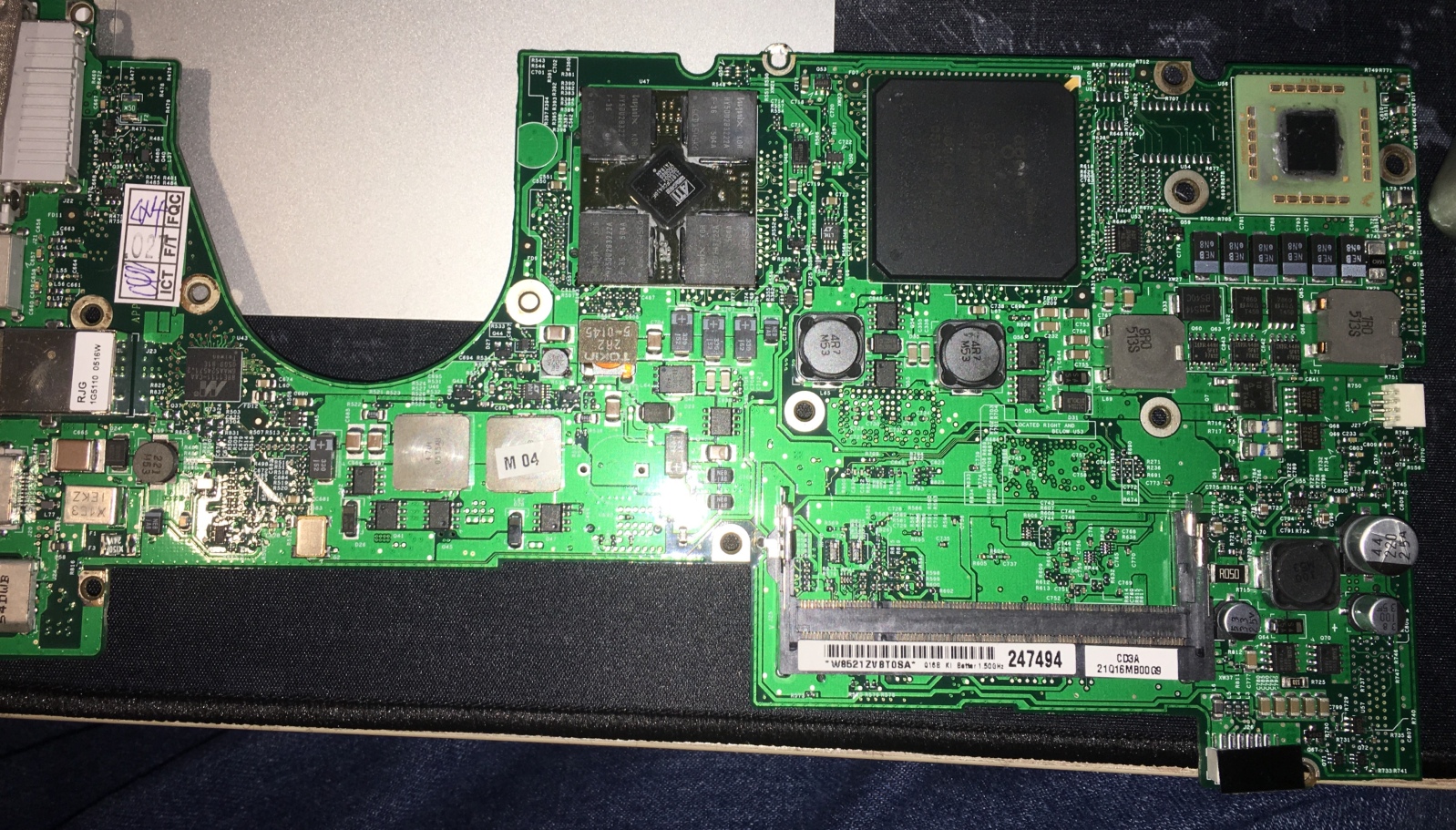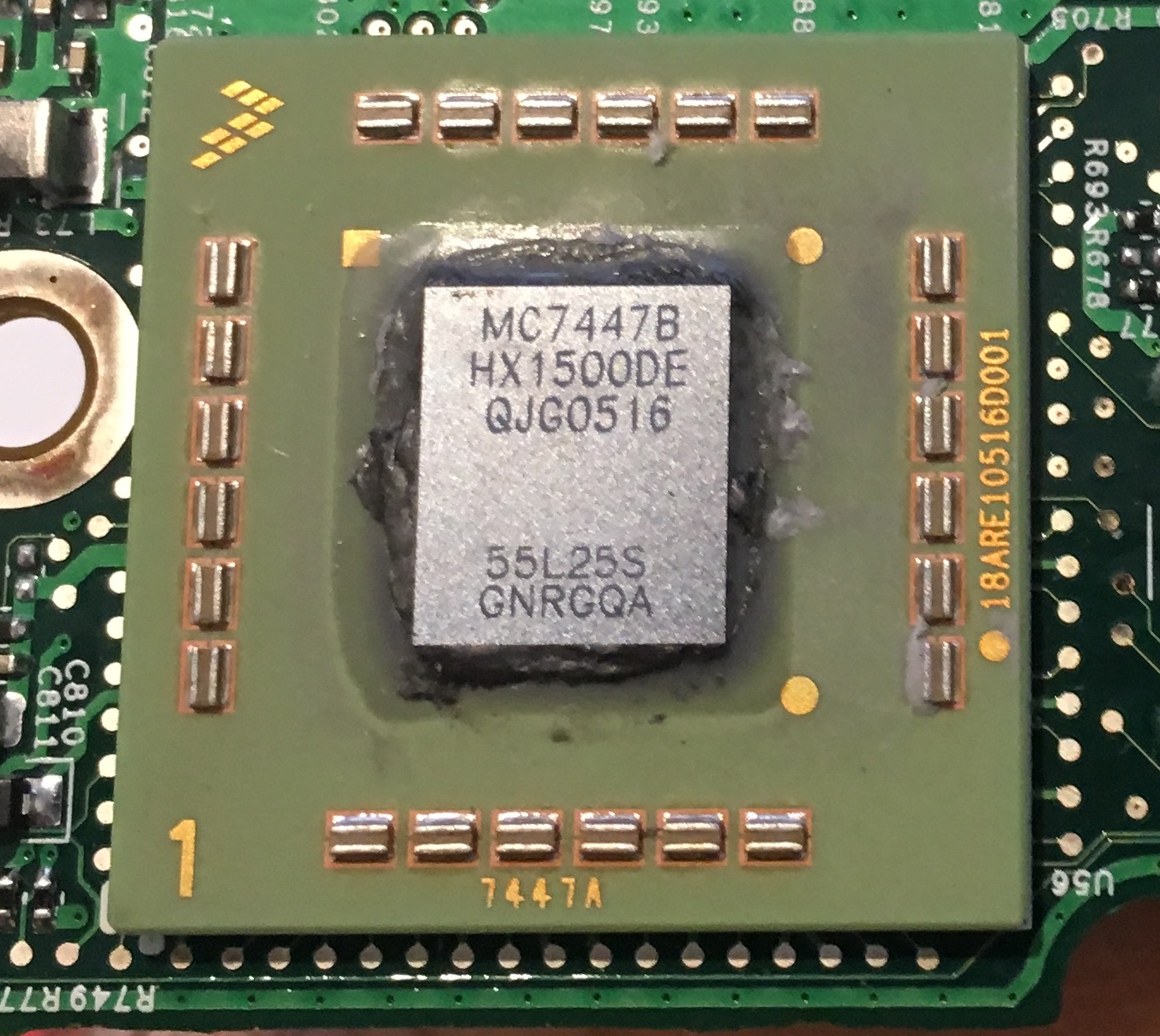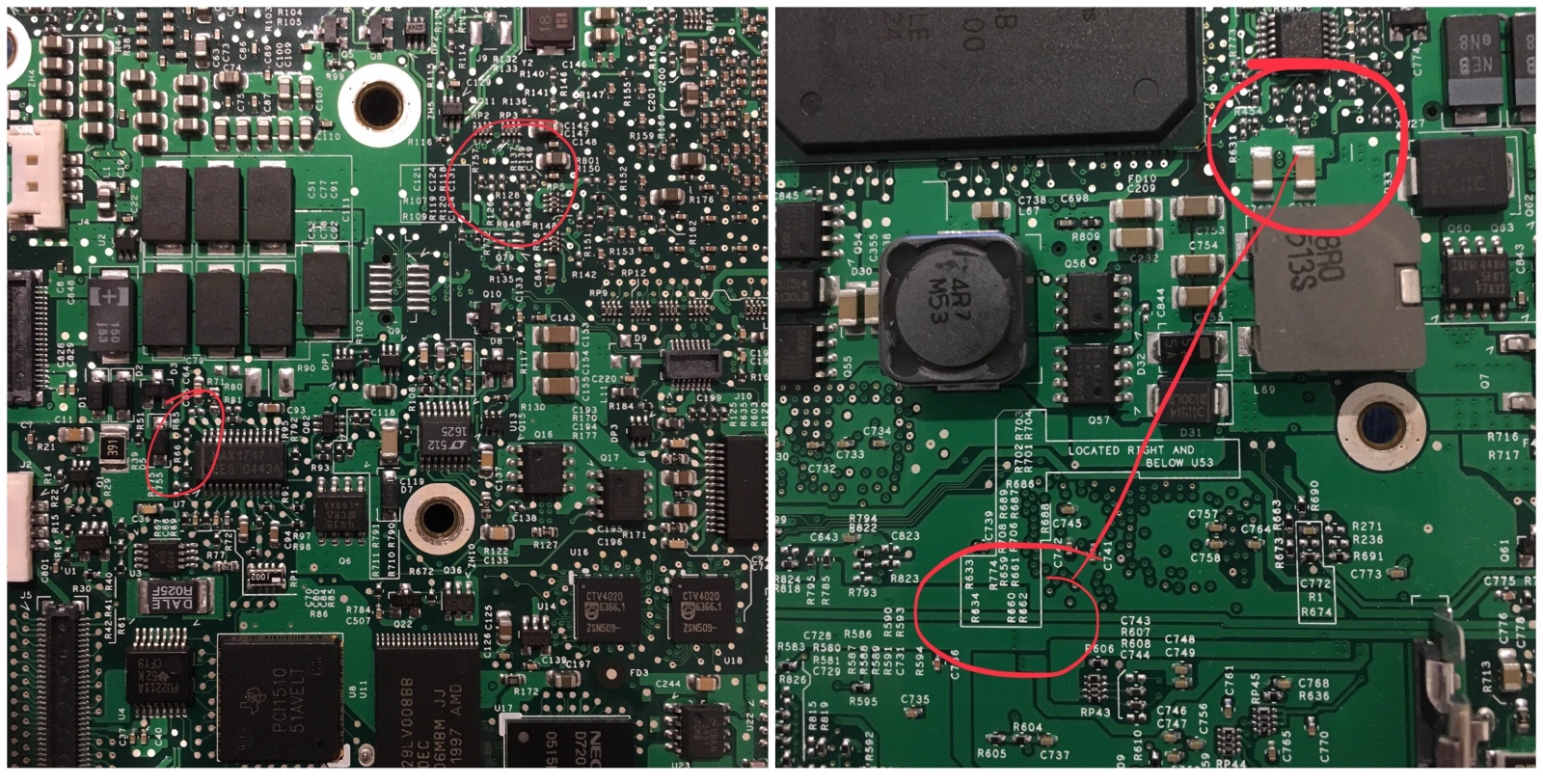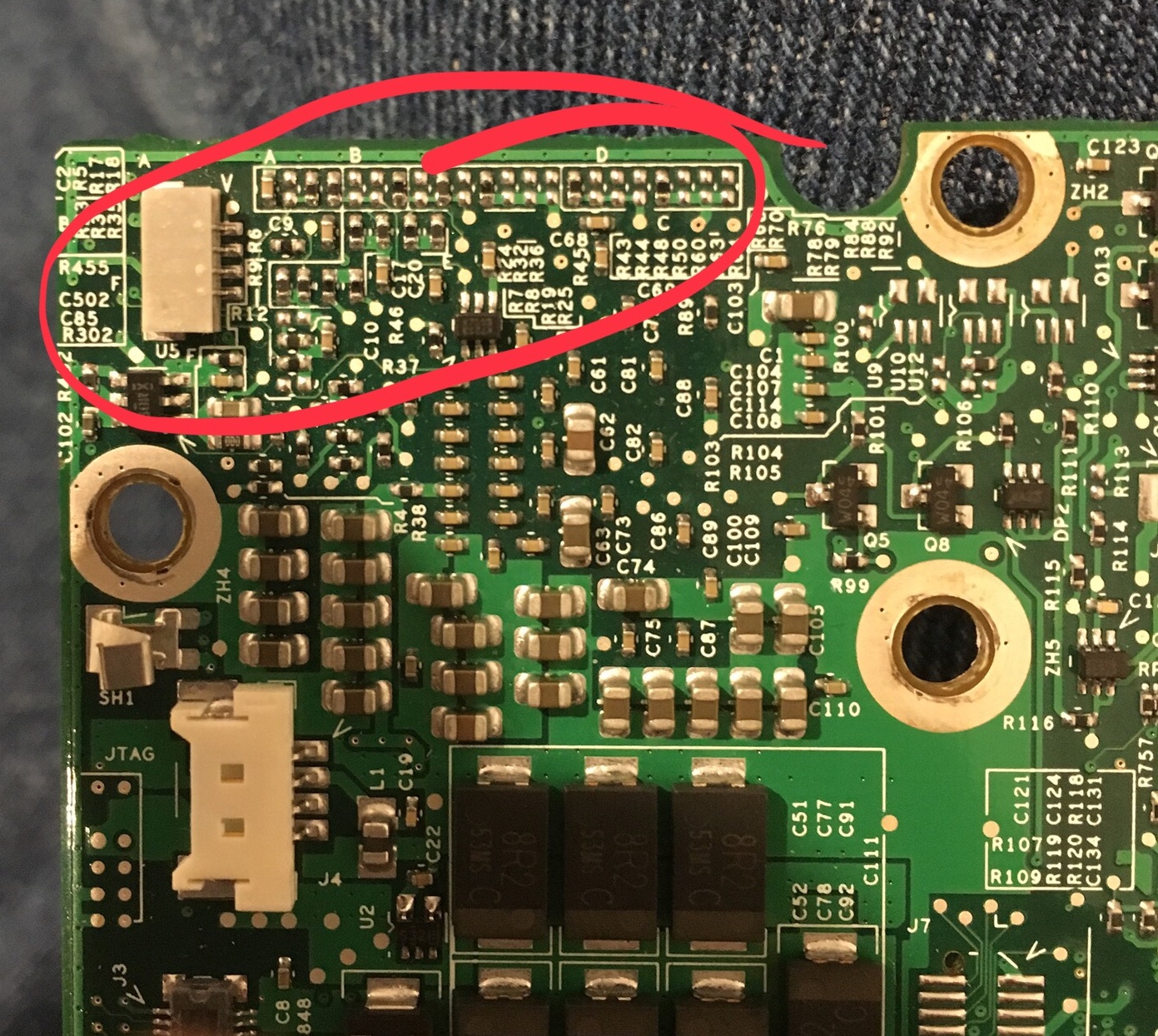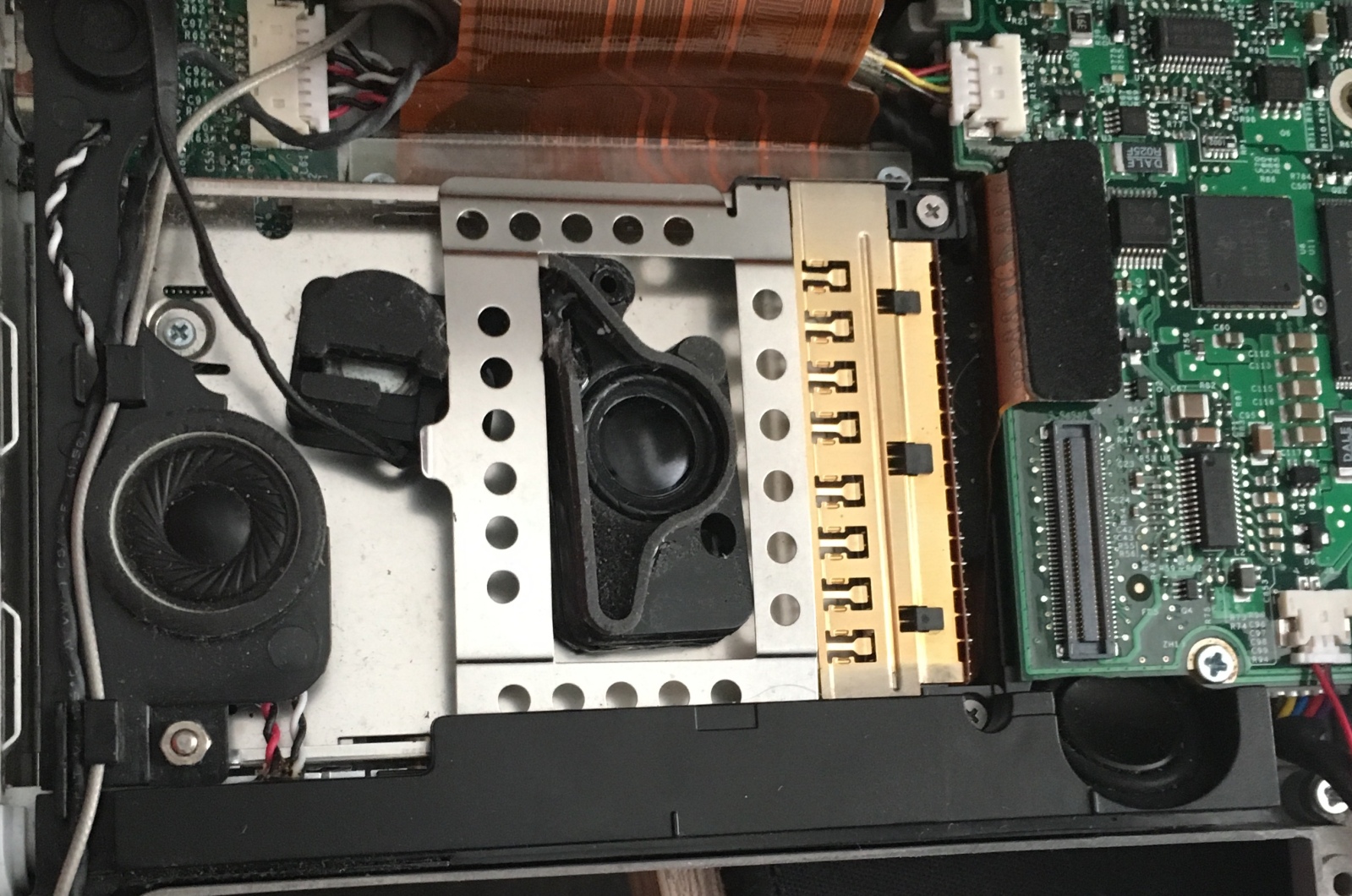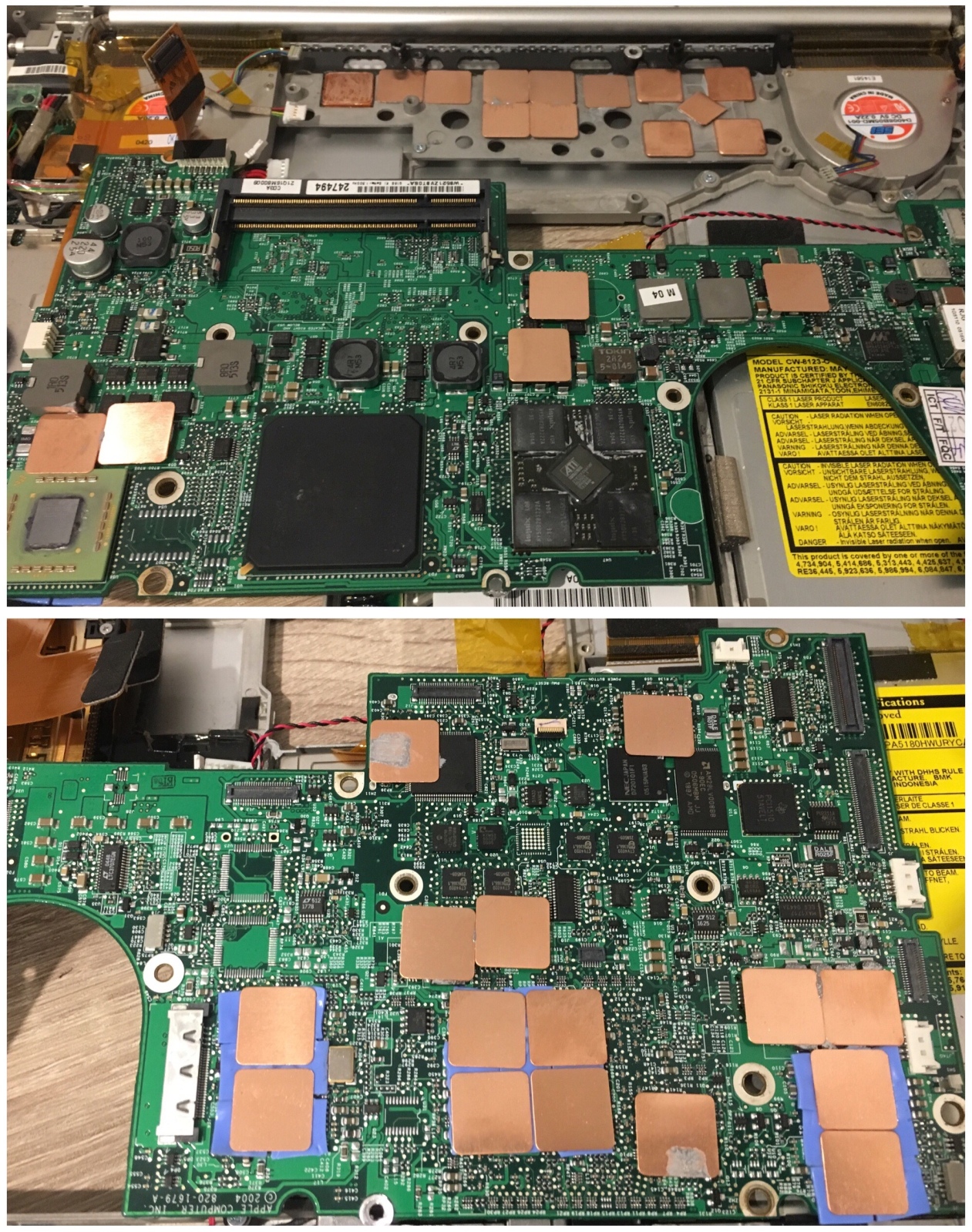rabidz7
[H]ard|Gawd
- Joined
- Jul 24, 2014
- Messages
- 1,331
How much faster is a 7448 running at 2.2GHz/1.4v through a 200MHz but than a 7447A running at 2.0GHz/1.5v with a 167MHz bus? How much battery life would be saved by going with the 7448? I am trying to decide whether to overclock the current CPU or to have a new one soldered in. Please don't suggest a X86 laptop. I don't want one of those things.
![[H]ard|Forum](/styles/hardforum/xenforo/logo_dark.png)

